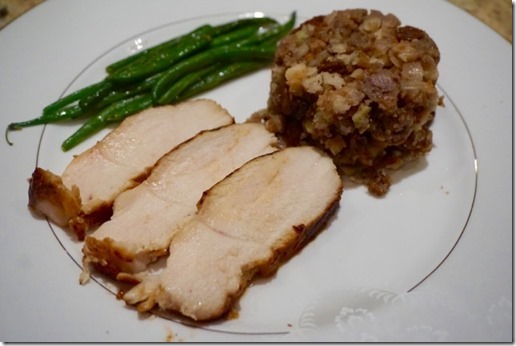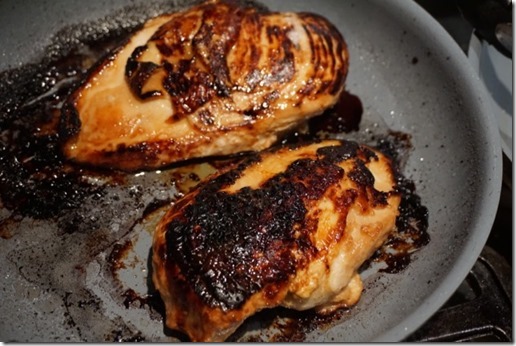Happy New Year 2016! This December has been record-breaking warm in the DC area with temperatures in the 60's and 70's. On new year's day, it was more seasonal with temperatures of 42F (5.5C) cloudy sky and a rare glimpse of sun through the clouds. The nightly low however at 22 F was a rude reminder that this is winter after all. As usual, I put new years decorations in the tokonoma 床の間 of our "tea" room.
Since this is the year of monkey, we displayed two monkeys; one is made of fired clay and is a bell called "Do-rei" or 土鈴 and the other is made of wood and is a part a set of all 12 zodiac figures.
We had cappuccinos and toast for breakfast to gently slide into new year's day after the late night celebration of welcoming in the New Year. We had New Year's soup or "Ozouni" お雑煮 as a lunch. We did not open this year's osechi box 御節重箱 from Sushi Taro (yet) and I served only those dishes I made.

The only item I did not prepare myself on this plate is the herring roe or kazunoko 数の子 (left in the back). Since I could not get salted herring roe in time this year I bought already seasoned and prepared roe from our Japanese grocery store. Compared to what I usually prepare, it was too sweetly seasoned and had a strange soft texture. The next item in clock wise order is "Matsukaze-yaki" 松風焼き chicken loaf; one garnished with green "ao-nori" 青のり is traditional with pine nuts and the plain one is with walnuts. This year I also made this with gorgonzola and dried fig which is a subject for a separate post. The next is kelp salmon rolls 鮭の昆布巻き, which was very good, much better than the commercial ones (this is my wife's opinion and at the risk of not being modest, I agree with her). Next (the right most) is salmon nanaban 鮭の南蛮 and front right is "Russian" pickled salmon ロシア漬け and datemaki 伊達巻 Japanese omelet which I make with hanpen fish cake はんぺん and eggs.

I served daikon namasu 大根なます with boiled octopus slices ゆでだこ and ikura いくら.
I served Ozoni お雑煮 in a lidded real Japanese lacquer bowl which was given to us a long time ago for use on just such an occasion by my mother.
This year, I did not add chicken (intentionally) and shrimp (forgot). Mochi もち rice case was wrapped in deep fried tofu pouch as before but it can not be seen under other items. The soup also included shiitake mushroom, daikon, carrot, burdock root, freeze dried tofu called "shimidoufu" 凍み豆腐, snow peas, and red and white new year's fish cakes. I made Dashi broth from "Dashi pack" (kelp and bonito) and seasoned with mirin and light colored soy sauce.
As a result of the record-breaking warm December in DC area, our plum tree has been in bloom for several weeks.
Our plum tree has been known to blossom in February and we have pictures of it covered in snow but plum blossoms in December and January is a first. Unfortunately due to the warm weather some of the cherry trees in the DC area have been fooled into blooming prematurely. While we know the plum tree can sustain freezing temperatures after blooming we are not so sure about the cherry trees. It has indeed been strange weather--courtesy of el Nino.
We will be hitting the Sushi Taro Osechi box this evening.






























